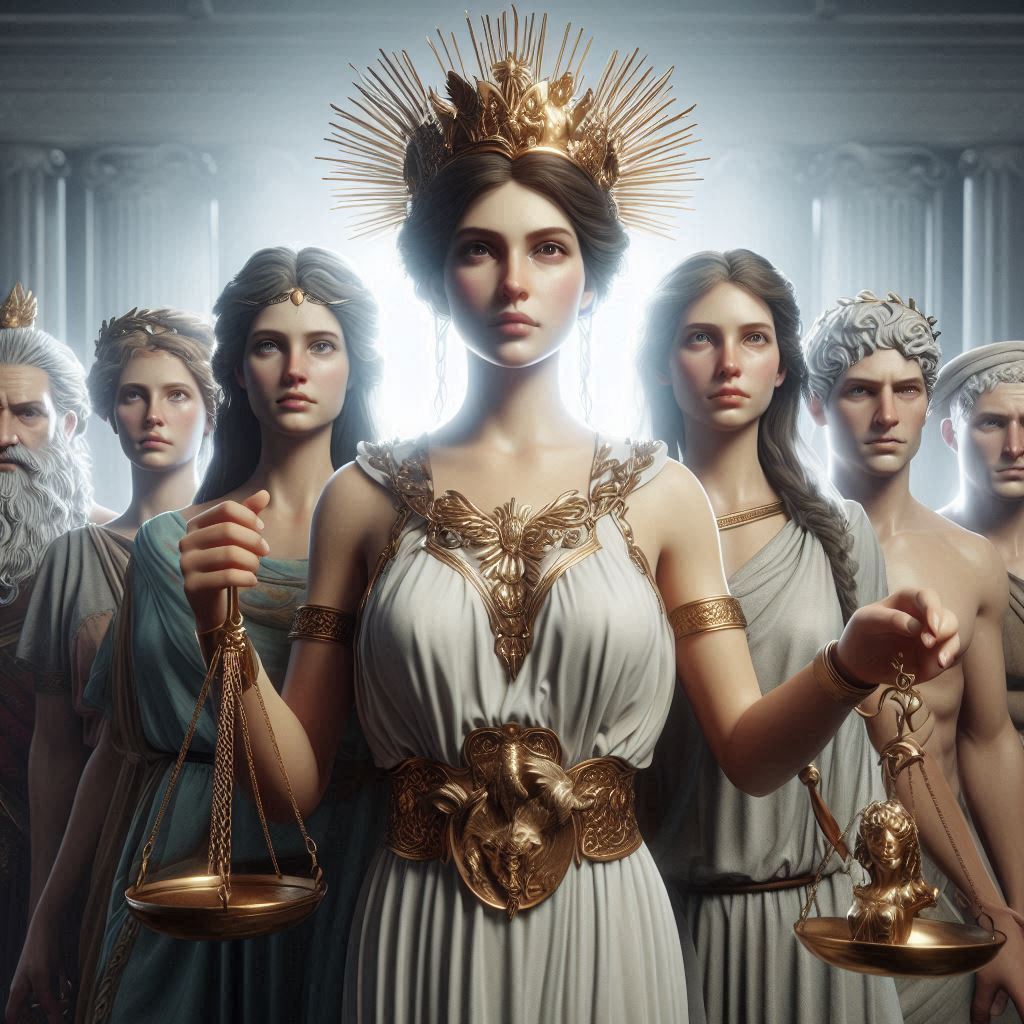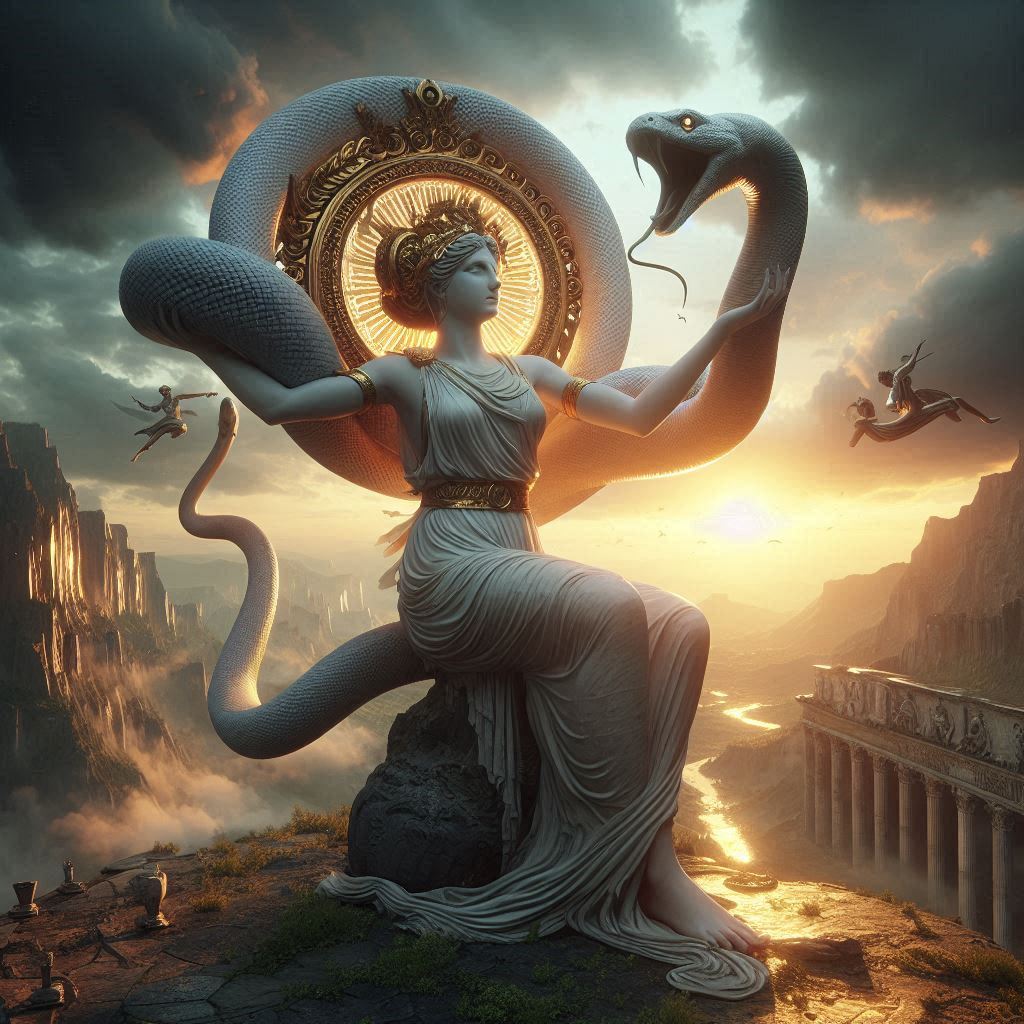Table of Contents
The Weirdest Things in Alice in Wonderland: A Journey into Literary Peculiarity
Lewis Carroll’s Alice’s Adventures in Wonderland is a masterpiece of whimsy and absurdity. Its nonsensical narrative, dreamlike imagery, and eccentric characters have baffled readers since its publication in 1865. Beneath the surface of playful chaos lies a world that defies logic, challenges norms, and explores profound themes. This essay delves into the weirdest aspects of Alice in Wonderland, examining how they contribute to the novel’s charm and enduring appeal.

1. A World Governed by Absurd Logic
From the outset, Alice in Wonderland confronts readers with a reality governed by illogical principles. The rabbit with a waistcoat and pocket watch is peculiar enough, but his frantic exclamation, “Oh dear! Oh dear! I shall be late!” sets the tone for a realm where time itself is a paradox. Time in Wonderland operates as a character rather than a concept, frozen perpetually at tea-time for the Mad Hatter and the March Hare. This distortion of time reflects a deliberate rebellion against the structured rationality of the Victorian era, turning an everyday concept into something surreal.
2. Unnerving Characters
The characters in Wonderland are among the strangest in literary history. The Cheshire Cat, with its disembodied grin, is particularly unsettling. Its ability to appear and disappear at will, coupled with cryptic remarks like “We’re all mad here,” captures the dreamlike logic of the story while invoking unease. Similarly, the Queen of Hearts embodies absurdity with her penchant for shouting “Off with their heads!” as a knee-jerk reaction to even minor inconveniences. Her irrational authority underscores the chaotic and unpredictable nature of Wonderland.
3. Distorted Proportions
Alice’s constant changes in size are among the most bizarre elements of the story. From shrinking to fit through a tiny door to growing so large her head touches the ceiling, these transformations blur the boundaries of physical reality. They also serve as a metaphor for the challenges of childhood and adolescence, as Alice struggles to navigate an environment where nothing fits—literally or figuratively.
4. Nonsensical Conversations
The dialogues in Wonderland are masterpieces of absurdity. The Mad Hatter’s tea party, for instance, features riddles without answers and arguments over semantics. The famous exchange about the Dormouse, who is told to “Feed your head,” leaves Alice (and readers) both confused and amused. These conversations mock logical discourse, reflecting Carroll’s fascination with wordplay and mathematical paradoxes.
5. Twisted Logic in Games and Rules
Games in Wonderland are peculiar not because of their premise but because of their execution. The croquet game with the Queen of Hearts features flamingos as mallets and hedgehogs as balls, making the game impossible to play by conventional standards. This reflects Carroll’s critique of rigid Victorian social rules, as the characters disregard even their own nonsensical guidelines in favor of chaos.
6. Existential Questions Beneath the Nonsense
Perhaps the strangest aspect of Alice in Wonderland is its subtle engagement with profound existential questions. Who is Alice? What is the nature of identity in a world that changes at every turn? The Caterpillar’s cryptic question, “Who are you?” forces Alice to confront her own shifting sense of self. Her inability to provide a stable answer mirrors the reader’s own grappling with identity and meaning in a constantly changing world.
7. Dreamlike Logic and Surreal Plot
The narrative structure of the book is itself bizarre. There is no clear objective or resolution; events unfold in a disjointed, dreamlike manner. Alice’s journey is more a sequence of surreal episodes than a traditional story, reflecting the logic—or lack thereof—of dreams. This fluidity of structure challenges conventional storytelling and immerses the reader in a world where anything is possible, yet nothing is stable.
8. Metamorphosis of Familiarity
One of the strangest and most disconcerting aspects of Wonderland is its warped reflection of the real world. Everyday objects, animals, and situations are rendered unfamiliar through Carroll’s inventive lens. A simple deck of cards becomes a monarchy; a garden is guarded by creatures with grotesque behaviors; and the natural laws governing the world are overturned. This transformation heightens the sense of unease, as readers recognize elements of their own reality twisted into something alien.
9. A Celebration of Nonsense
Above all, Alice in Wonderland embraces nonsense with an almost philosophical fervor. The poem Jabberwocky, introduced in the sequel Through the Looking-Glass, epitomizes this love of the absurd, creating meaning through rhythm, sound, and structure despite its nonsensical vocabulary. Carroll elevates nonsense to an art form, challenging readers to find joy in the irrational and the undefined.
Conclusion
The weirdness of Alice in Wonderland is not merely a collection of strange events or characters; it is a fundamental aspect of the story’s genius. Through its absurdity, the novel challenges conventional thinking, inviting readers to explore the boundaries of logic, identity, and imagination. Wonderland’s peculiarities are more than eccentric flourishes; they are deliberate choices that reflect the complexities of the human experience, making Carroll’s masterpiece an enduring exploration of the surreal and the sublime.


No responses yet